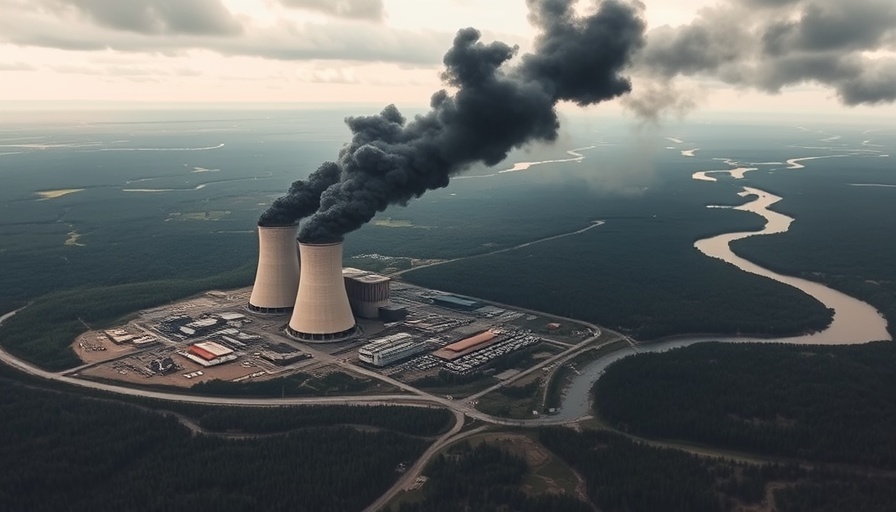
Understanding the Strategic Threat of Nuclear Power Plant Attacks
Recent attacks on Ukraine's nuclear power facilities by Russian forces may not be limited to the regional conflict; they could signal potential tactics that Russia may employ in a future confrontation with NATO. As military commentator Simon Bennett posits, the aggressive maneuvers surrounding the Zaporizhzhia Nuclear Power Plant may transform this site into a colossal threat, not just to Ukraine but to Europe at large.
The Risk of a ‘Dirty Bomb’
According to Bennett, if Russia feels cornered, it might resort to draconian measures, such as mining the Zaporizhzhia plant. Such actions could create a catastrophic scenario where a detonated blast releases radioactive materials. The implications of this would be dire, with contamination potentially spreading across European nations, thereby illustrating new warfare dimensions that NATO must consider.
The Reality of Military Exploitation of Nuclear Sites
A report released by U.S. energy experts corroborates these concerns, highlighting how Russian military placement of equipment and explosive devices around Ukraine's nuclear sites endangers both the safety of staff and the surrounding environment. The chilling imagery of multiple mine explosions near Zaporizhzhia underlines the perilous atmosphere that the current occupation has created.
Precedents in Nuclear Warfare
This dangerous precedent raises significant ethical and security questions about the use of nuclear facilities as military assets. Understanding how they could be weaponized paves the way for necessary discussions within NATO about enhancing nuclear stability and the protocols needed to prevent a nuclear escalation.
Calls for Enhanced Defense Strategies
With the possibility of such strategies emerging in conflicts where nuclear facilities are present, preventive steps should be taken. NATO countries might need to develop comprehensive defense strategies that minimize the risk of nuclear plant exploitation in warfare. Strengthening the security of these installations should be high on the agenda, as the ramifications of nuclear contamination are profound and far-reaching.
 Add Row
Add Row  Add
Add 




Write A Comment